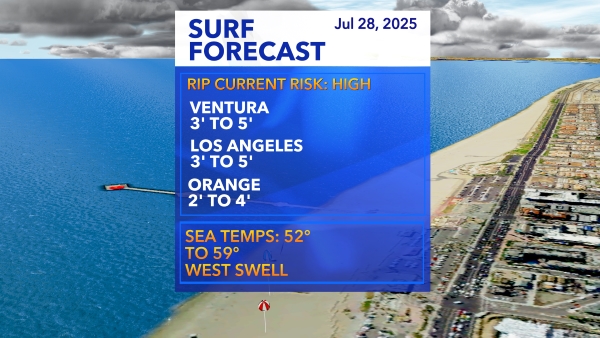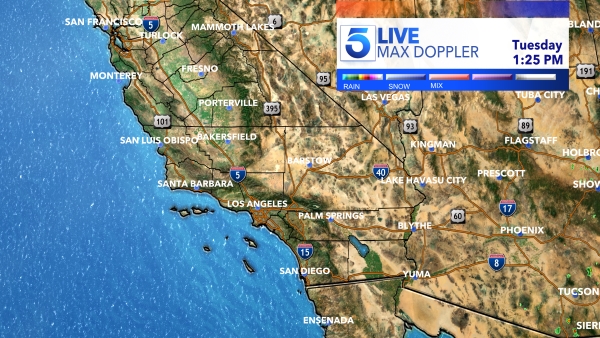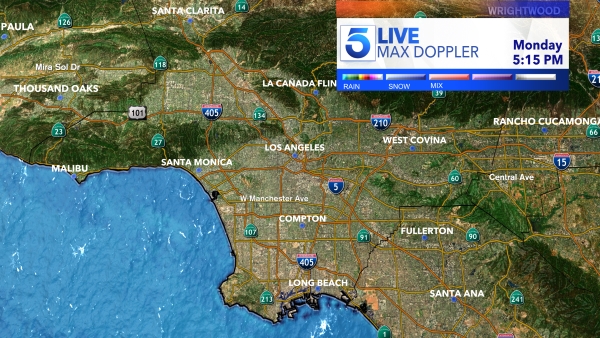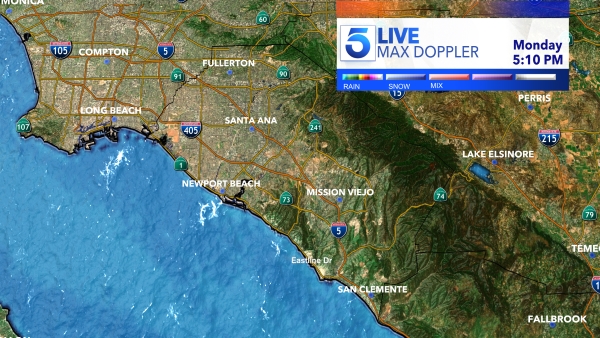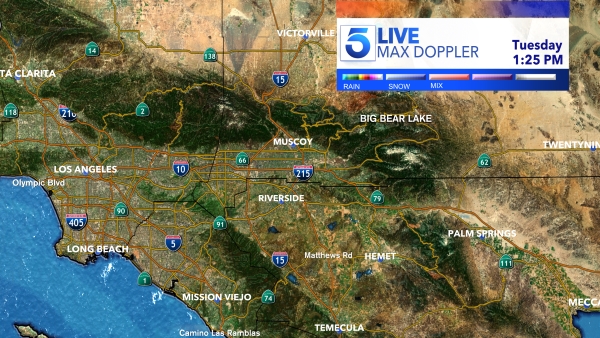Hurricane Hilary roared toward Mexico’s Baja California peninsula late Saturday as a downgraded but still dangerous Category 2 hurricane that’s likely to bring “catastrophic” flooding to the region and cross into the southwest U.S. as a tropical storm.
“Hilary appears to be weakening quickly,” John Cangialosi, a senior hurricane specialist at the National Hurricane Center, wrote in a Saturday update posted online. “The eye is filling and the cloud tops in the eyewall and rainbands have been warming during the past several hours.”
At a news conference Saturday morning, California emergency management officials briefed residents on what is to come with the storm’s impending landfall (watch live radar).
First responders are pre-positioned throughout Southern California, according to the Director of California Governor’s Office of Emergency Services Nancy Ward, to help respond to emergencies as quickly as possible.
“[Hurricane Hilary] could be one of the most devastating storms that we’ve had hit California in more than a decade,” Ward said at Saturday’s press conference. “We are doing all that we can to keep [Californians] safe and to respond as quickly as we possibly can.”
Officials from several state agencies are working around the clock to ensure that Californians are prepared for the storm and that the right response resources are in place.
Caltrans has nearly 2,000 employees working 12-hour shifts, and they also have pre-positioned both workers and equipment to help with response efforts.
“We have reached out to our construction contracting industry partners and we have [several businesses] on standby, ready to assist crews if needed,” said Caltrans Director Tony Tavares. “Out of an abundance of caution, Caltrans may proactively close roads to ensure safety, so please be patient as we get through this storm together.”
Forecasters said the storm could bring heavy rainfall to the southwestern United States, dumping 3 to 6 inches (8 to 15 centimeters) in places, with isolated amounts of up to 10 inches (25 centimeters), in portions of southern California and southern Nevada. Meteorologists also expect the storm to churn up “life-threatening” surf conditions and rip currents — including towering waves up to 40 feet (12 meters) high — along Mexico’s Pacific coast.
Officials issued an evacuation advisory for the tourist destination of Santa Catalina Island, 23 miles (37 kilometers) off the Southern California coast, while authorities in Los Angeles scrambled to get the homeless off the streets and into shelters.
Californians are urged to postpone all non-essential travel until the peak of the storm is over. If you must travel, do not attempt to drive through water that is flowing across any roadways.
Residents are advised not to call 911 unless an emergency situation arises. For non-emergencies, such as flooded roadways or downed trees, call 311 or visit the MyLA311 website.
Many resources are available for Californians to help prepare for and get through Hurricane Hilary, some of which can be found below:
- NotifyLA – Local alerts for residents of the city of Los Angeles
- CalAlerts – Wireless emergency alerts
- National Weather Service – Hurricane safety tips and resources
- MyLA311 – Report roadway flooding, tree limbs blocking roads or mudslides
- FEMA preparedness checklist – A comprehensive list of steps to take to prepare for hurricanes
- Listos California – Disaster Ready Guide (available in eight languages)
- Caltrans QuickMap – Updates on road conditions
The Associated Press contributed to this report.
